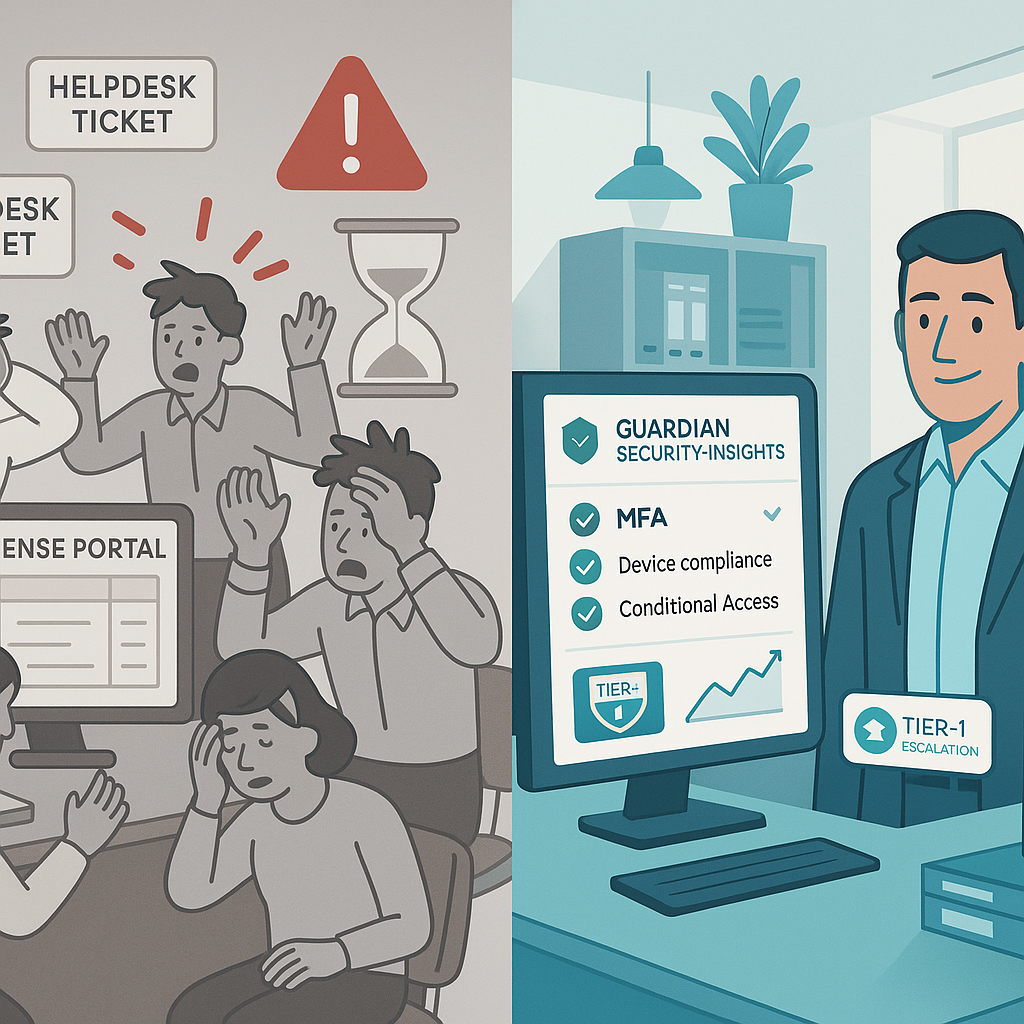The Real Cost of “Cheap” Microsoft 365 Licenses — Why Smart Licensing Through ABT Costs Less and Delivers More
Quick Answer: Not all Microsoft 365 licenses are equal in practice. Buying from a bargain reseller often just gets you a product key and a long...






